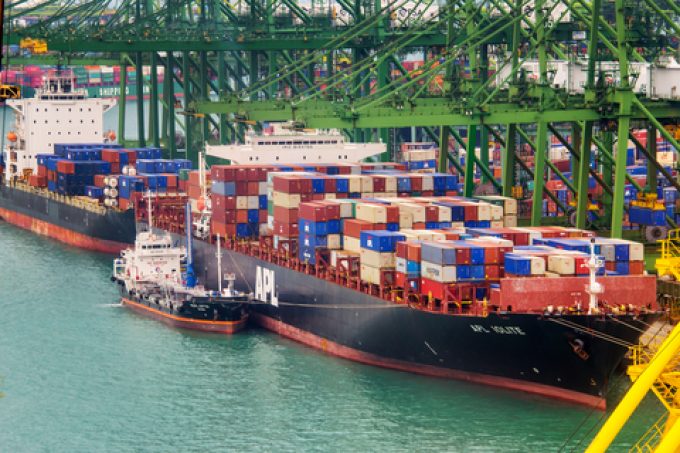Transpacific sees first major MSC blanks as rates fall and volumes falter
Following nine weeks of consecutive declines in spot freight rates on the transpacific, carriers are ...

With excess container liner capacity continuing to be soaked up by the widespread vessel diversions around the Cape of Good Hope, combined with surprisingly strong demand, the recent turnaround in the fortunes of shipping lines is now expected to last into the peak season.
According to new analysis from shipping consultancy MSI, anecdotal evidence shows a round of FAK rate hikes announced earlier this month appear to have had some success.
“The initial signs are that these increases are sticking,” it said.
“Apart ...
Transpacific sees first major MSC blanks as rates fall and volumes falter
'It’s healthy competition' Maersk tells forwarders bidding for same business
Shippers snap up airfreight capacity to US ahead of tariff deadline
White House confirms automotive tariffs – 'a disaster for the industry'
New price hikes may slow ocean spot rate slide – but for how long?
Volcanic disruption at Anchorage could hit transpacific airfreight operations
Tighter EU import requirements proving 'a challenge' for forwarders

Comment on this article